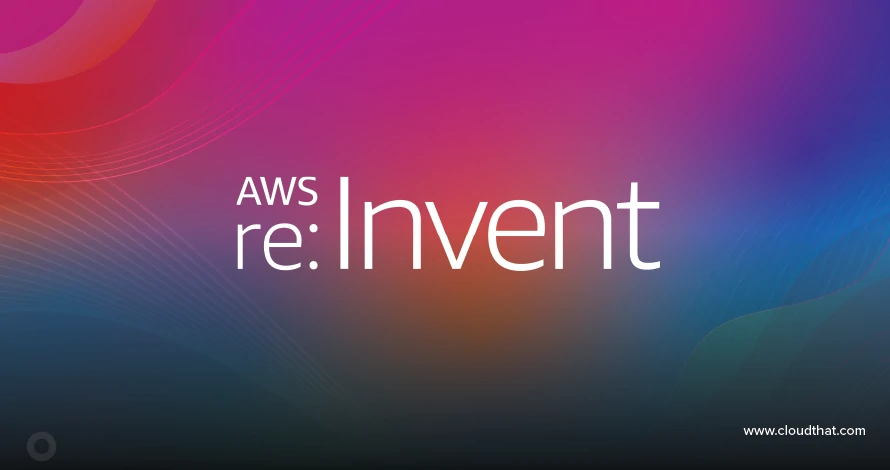|
Voiced by Amazon Polly |
Introduction
GCP has a tool to create virtual agents, that is, Dialogflow. This Dialogflow is used for creating text- and voice-based chatbots. There are 2 versions of Dialogflow available: Dialogflow ES, which is the standard edition, and Dialogflow CX, which is the Advanced edition.
Pioneers in Cloud Consulting & Migration Services
- Reduced infrastructural costs
- Accelerated application deployment
Dialogflow CX
Dialogflow CX gives the best end user experience and better workflow. This gives the best control over the conversation and uses a new way to design agents uses state machine way to design agents. Using this, you can easily define the series of steps that the user can go through. This can have multiple partitions with multiple flows in it.
Concepts of Dialogflow CX
- Agents: Agents are virtual agents that can handle conversations with end users. We Design Dialogflow agents to handle types of conversations. This agent is similar to call center agents. Similar to how we train them to handle conversations.
- Flows: A complex dialog can have multiple conversational topics. Flows are used to define these topics and their conversational paths. Every agent has one flow, which is the default flow. A simple conversational bot has one flow, and a complex one can have one or more flows. For example, pizza delivery agents have multiple flows like food orders, customer information, and confirmation.
- Pages: Each flow defines multiple pages, where combined pages can handle the complete conversation. Every flow has a start page, and the present page is called active. The start page is in an active state first; later, as the conversation continues, any page can be active. Each page collects information from end users that is required in the conversation. For example, the food order page in pizza delivery boot can have multiple pages like pizza type, size, etc.
- Entity types: Entity types control how data from end-user input is extracted. There are system entities available, or we can create custom entities. Examples of system entities are email addresses, colors, dates, etc.; custom entities can be created, like the types of pizza available.
- Parameters: These are used to capture user information during the session, and Each parameter has a name and entity type. Unlike the raw user information parameter structure, we can perform any logic on it.
- Intents: Intents are used to get the user’s intention and are reusable. Intents contain training phases and parameters. Training phases are the statements for what the end user replies and parameters store the end user replies. From end-user input, the Dialogflow matches the intent of the training phrases.
Key features of Dialogflow CX
- Visual flow builder: The visualization is very easy to understand, build, edit, and share the work. The developers can collaborate and work.
- Omnichannel implementation: Build once and deploy everywhere, we can build and deploy on the web, mobile, and messenger.
- Advanced AI: The capability for identifying the intents accurately and efficiently for complex use cases.
- State based data models: Can handle the conversation by reusing the intents and answering the supplemental questions by deviating from the topic and getting back to the conversational flow.
- End-to-end management: Can handle all needs like experiments, analytics, and evaluating bots inside Dialogflow; no other software is required.
Difference between Dialogflow CX and Dialogflow ES
- Dialogflow ES edition provides a standard agent type.
- Dialogflow cx edition provides advanced CX agent type.
- Dialogflow ES provides only one agent per project.
- Dialogflow cx provides 100 agents per project.
- Dialogflow CX is suitable for large or complex agents with flows, pages, and state handlers to control the conversational path.
- Dialogflow ES is suitable for small to medium agents where intents and contexts control conversational flow.
- Dialogflow ES has free tier plans on the Trial edition.
- Dialogflow CX doesn’t have any free tier plan.
Conclusion
This gives better control over the conversation. This is a capability to reuse intents and easily identify the intents in the end user input.
Empowering organizations to become ‘data driven’ enterprises with our Cloud experts.
- Reduced infrastructure costs
- Timely data-driven decisions
About CloudThat
CloudThat is an award-winning company and the first in India to offer cloud training and consulting services worldwide. As a Microsoft Solutions Partner, AWS Advanced Tier Training Partner, and Google Cloud Platform Partner, CloudThat has empowered over 850,000 professionals through 600+ cloud certifications winning global recognition for its training excellence including 20 MCT Trainers in Microsoft’s Global Top 100 and an impressive 12 awards in the last 8 years. CloudThat specializes in Cloud Migration, Data Platforms, DevOps, IoT, and cutting-edge technologies like Gen AI & AI/ML. It has delivered over 500 consulting projects for 250+ organizations in 30+ countries as it continues to empower professionals and enterprises to thrive in the digital-first world.
FAQs
1. What languages are supported by Dialogflow CX?
ANS: – Bengali, Chinese, English, French, Gujarati, etc., are supported by Dialogflow CX.
2. What are the system entities in Dialogflow CX?
ANS: – System entities are color, number, currency, email address, etc.
3. Are there any prebuilt agents available?
ANS: – Yes, there are a few prebuilt agents available. Pre-built agents cover common use cases like financial services, telecommunications, and travel. These agents have intents and entities to cover the most common user queries.
WRITTEN BY Lakshmi P Vardhini


 Login
Login


 June 21, 2023
June 21, 2023 PREV
PREV










Comments